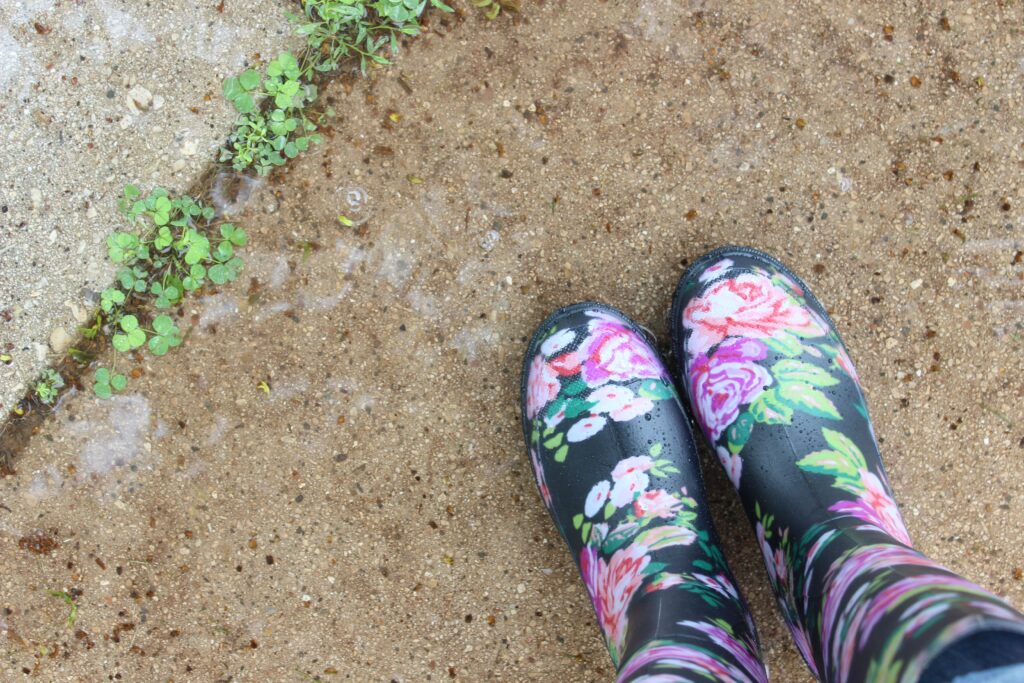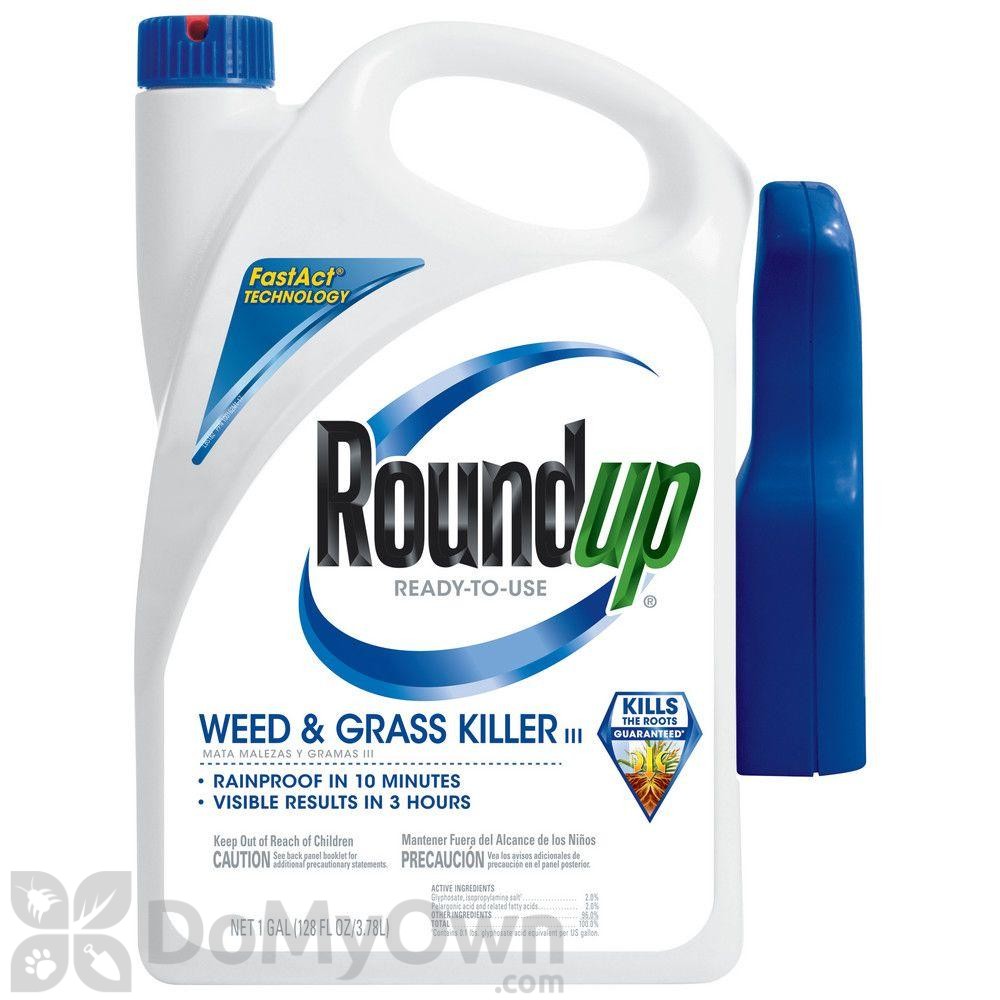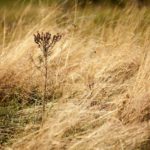Roundup is a popular herbicide used worldwide by farmers, gardeners, and homeowners.
It is a brand name for glyphosate, which is a systemic herbicide that kills plants by inhibiting their growth.
Glyphosate is a non-selective herbicide, meaning that it kills all plants it comes in contact with, including weeds and crops.
The capabilities of Roundup are its effectiveness in controlling weeds and other unwanted plants.
It works by being absorbed through the leaves of plants and then transported throughout the plant’s system, killing the entire plant from the roots up.
Roundup is particularly effective in killing perennial weeds, which are difficult to control by other means.
Why Use Roundup?
Roundup is a preferred herbicide because of its broad-spectrum effectiveness in controlling weeds.
It is easy to apply, and it is affordable. It also provides long-lasting results, killing weeds for several months.
This means that it requires fewer applications, reducing the cost and time spent on weed control. Additionally, Roundup is a non-selective herbicide, meaning that it kills all types of plants, including grasses and broadleaf weeds, making it an ideal choice for weed control in lawns, gardens, and other areas.


How to Use Roundup?
When using Roundup, it is essential to read and follow the instructions on the label carefully.
This will ensure that you apply it safely and effectively.
Roundup is most effective when applied during the early stages of plant growth when the weeds are actively growing and have not yet developed an extensive root system.
This will ensure that the herbicide is absorbed quickly and effectively throughout the plant’s system.
Roundup is most effective when applied to the leaves of plants, so it is important to ensure that the foliage is dry before applying the herbicide.
Wet leaves can cause the herbicide to run off and not be absorbed into the plant’s system, reducing its effectiveness.
When applying Roundup, it is essential to use the right equipment.
A handheld sprayer or backpack sprayer is ideal for small areas, while a larger tank sprayer is ideal for larger areas.
Roundup should be applied evenly, making sure to cover all parts of the plant, including the leaves, stem, and roots.
prepare your sprayer by filling it half way with water, add the recommended amount of product per the label to the tank, and then fill the remaining tank with water to mix the solution.

Where to Use Roundup?
Roundup can be used in a variety of settings, including agricultural fields, gardens, and lawns.
It is effective in controlling weeds in areas where other methods of weed control are not practical or desirable.
Roundup is also used in urban settings, such as parks, golf courses, and roadways.
When using Roundup in residential areas, it is essential to apply it in a controlled manner to avoid drifting onto nearby plants or into water sources.
When applying Roundup near water sources, it is important to use a low-pressure sprayer to reduce the risk of drift.
Roundup should not be applied to areas where runoff could occur, such as slopes or areas with a high-water table.

How Much to Use?
The amount of Roundup needed will depend on the size of the area being treated and the type of plant being controlled.
The label instructions will provide guidance on how much to use based on the area being treated.
It is important to follow the label instructions carefully to avoid using too much Roundup, which can be harmful to the environment.
On What to Use Roundup?
Roundup is effective in controlling a wide variety of plants, including annual and perennial weeds, grasses, brush, and trees.
It is most effective in controlling weeds during the early stages of growth when the plants are actively growing and have not yet developed an extensive root system.
Roundup is not effective in controlling certain types of plants, including woody plants with bark and plants that have waxy or hairy leaves.
These types of plants are more resistant to the herbicide, and may require multiple applications or alternative weed control methods.
Time of Planting after Use:
The time of planting after using Roundup will depend on the type of plant being grown.
Roundup is a non-selective herbicide, meaning that it can kill any plant it comes in contact with, including crops.
Therefore, it is important to wait for a sufficient period after applying Roundup before planting any desired plants.
The waiting period after using Roundup can vary depending on the type of crop being grown and the conditions in which it is being grown.
The label instructions will provide guidance on how long to wait before planting.
In general, it is recommended to wait at least seven days after applying Roundup before planting any desired plants.
Why Use Roundup?
Roundup is a preferred herbicide for many because it is effective, easy to use, and affordable.
It provides long-lasting results, reducing the need for frequent applications.
Roundup is also a non-selective herbicide, meaning that it can control a wide variety of weeds and unwanted plants in different settings.
However, there are also some concerns about the safety of Roundup.
Some studies have suggested that glyphosate, the active ingredient in Roundup, may be harmful to human health and the environment.
Therefore, it is important to follow the label instructions carefully and use Roundup in a responsible manner.

Roundup QuickPRO contains two active ingredients: 73.3% glyphosate and 2.9% diquat.
The inclusion of diquat, combined with the surfactant, accelerates the weed control process.
It effectively targets both broadleaf and grass weeds, as well as woody brush and trees, including their roots.
QuickPRO is rapidly absorbed by plants and becomes rainfast within approximately an hour.
Its exceptionally quick drying time ensures that rain won’t easily wash away the herbicide, making it more efficient than standard glyphosate products.

There are several alternative herbicides that can be used in place of Roundup.
Here is a list of some commonly used herbicides, along with their efficacy and any potential drawbacks:
2,4-D:
This is a selective herbicide that is commonly used to control broadleaf weeds.
It is effective on many types of weeds, including dandelions and clovers.
However, it can harm some desirable plants, and it has been associated with potential health risks.

Dicamba:
This is a selective herbicide that is effective on many types of weeds, including broadleaf weeds and woody plants.
It is commonly used in conjunction with glyphosate for more effective weed control.
However, dicamba can be volatile and drift, potentially causing harm to nearby plants and crops.

Atrazine:
This is a selective herbicide that is effective on many types of grassy and broadleaf weeds.
It is commonly used in corn and soybean fields.
However, atrazine can harm aquatic life and has been associated with potential health risks.

Imazapyr:
This is a non-selective herbicide that is effective on many types of weeds, including woody plants and invasive species.
It is commonly used in natural areas and around water bodies.
However, imazapyr can harm some desirable plants and has a long residual life.

Glufosinate:
This is a non-selective herbicide that is effective on many types of weeds, including glyphosate-resistant weeds.
It is commonly used in orchards, vineyards, and other specialty crops.
However, glufosinate can harm some desirable plants and has been associated with potential health risks.

It is important to read and follow the label instructions carefully when using any herbicide, including alternative herbicides.
Proper use and application can help to minimize potential harm to desirable plants, crops, and the environment.
You might also like these articles:
- 5 Popular watering computers review
- Effective Herbicides for Common Weeds in Lawns and Gardens
- Exploring the Different Types of Herbicides and Their Applications: From Glyphosate to Metolachlor
- Herbecides-Best weed and grass destroyers
- How can you Sanitize your garden soil?
- How to stop weeds from growing
- How to Use Roundup Effectively and Safely
- Managing Weed Resistance: Strategies and Examples
- Tillers vs Cultivators: How to Choose the Right Garden Tool
- Weed Control in Your Garden: Choosing and Using Herbicides Safely and Effectively









